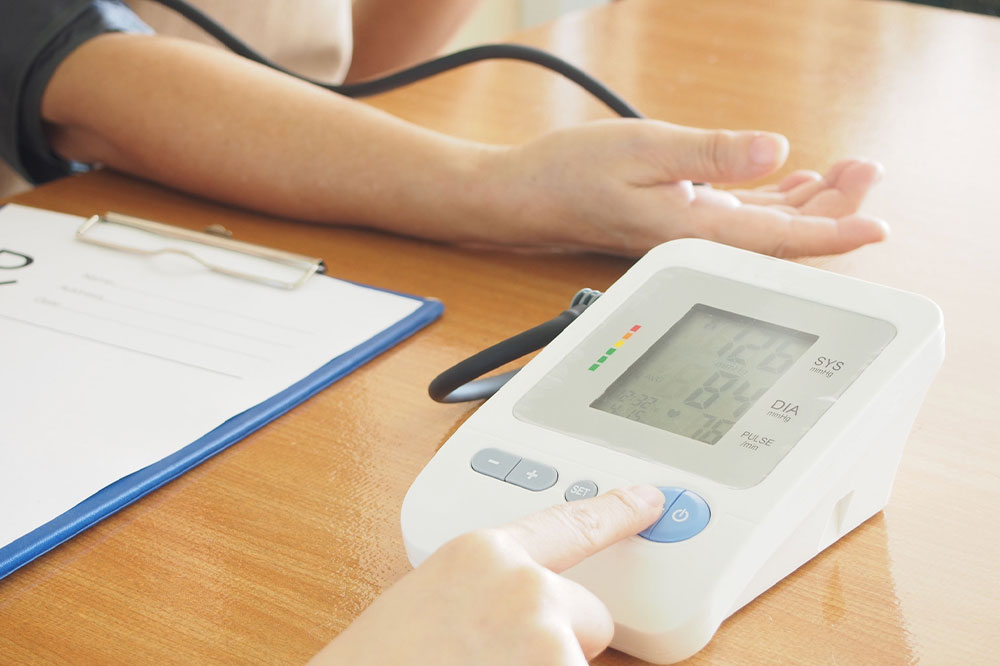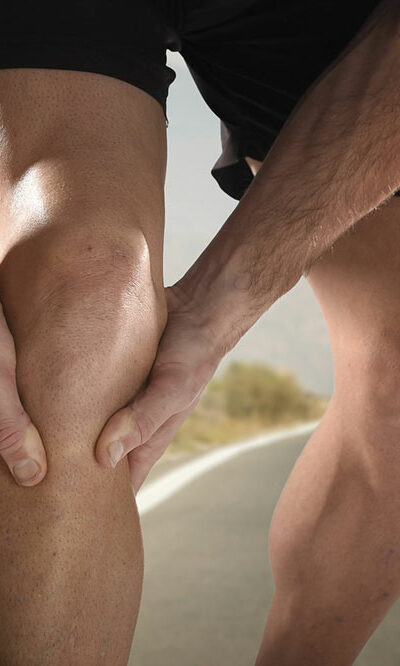5 warning signs of poor blood circulation

Your body’s organs, particularly the extremities, get insufficient blood flow when poor blood circulation occurs. The condition can be caused by diseases such as diabetes, varicose veins, peripheral artery disease, or even factors like a sedentary lifestyle. It can result in minor aches, nerve damage in the feet, and even heart attacks and strokes. Therefore, it is crucial to be aware of warning signs of poor blood circulation to address them quickly.
Poor blood circulation warning signs
Here is a list of five typical warning symptoms of poor blood circulation to help you know what to look for:
Having trouble standing up
When you feel dizzy upon standing up from a chair or sofa or engaging in any mild physical activity, your brain is probably not receiving enough blood. A decreased blood volume that causes insufficient blood flow could be the root cause.
Wounds that heal slowly
Circulation is crucial to the healing of wounds. When you are hurt, your blood distributes oxygen, additional nutrients, and white blood cells to the affected tissue. Poor circulation, on the other hand, prevents adequate blood from getting to the wound and slows recovery. An injury’s risk of infection and other problems, like an amputation, increases with time.
Tingling in the hands and feet
You’ve probably felt an itching or tingling sensation, frequently referred to as “pins and needles,” after sitting on your hand or lying on your arm for an extended period. This sensation occurs because you may have put too much pressure on specific parts of your body, stopping blood flow. However, if you feel tingling without apparent cause, such as when you’re simply sitting down, you might have inadequate blood circulation.
Cold feet and hands
Cold hands and feet frequently indicate circulation issues. The extremities may feel extremely cold even though the rest of your body is at an average temperature because less blood flows. Put on an extra pair of socks or gloves to relieve your discomfort.
Skin discoloration
Your fingers, toes, and nails may develop bluish skin due to poor blood circulation. This condition, called cyanosis, occurs when insufficient oxygen reaches certain portions of your body. Diabetes can also impact the skin’s pigment-producing cells, affecting skin color.
It is recommended to consult a healthcare provider if you experience any of the symptoms of poor blood circulation. Ignoring them puts you at risk of developing more serious issues like a heart attack or stroke. It is also crucial to be aware of the functioning of the circulatory system and the importance of proper blood flow.
How does the circulatory system function?
Here is how the circulatory system functions in the body:
Blood vessels comprise your circulatory system, transporting blood to and from the heart.
Your body’s arteries distribute nutrients, hormones, and oxygen carried by the blood from your heart to the rest of your body.
Veins carry carbon dioxide and other waste as they bring blood back to the heart.
The blood is kept moving in the appropriate direction by valves in the veins.
Your entire blood vessel system can be thought of as having a one-way blood flow.
It must cooperate to ensure that your organs function properly
The importance of poor blood flow in the body
Approximately 60,000 miles of blood vessels make up your body. Your heart and other muscles are a part of your circulatory system, which is a network of muscles that carries your blood throughout your body. However, when you have poor blood circulation, the blood flow is slowed or obstructed. It indicates that your body’s cells aren’t receiving enough oxygen and nourishment.







